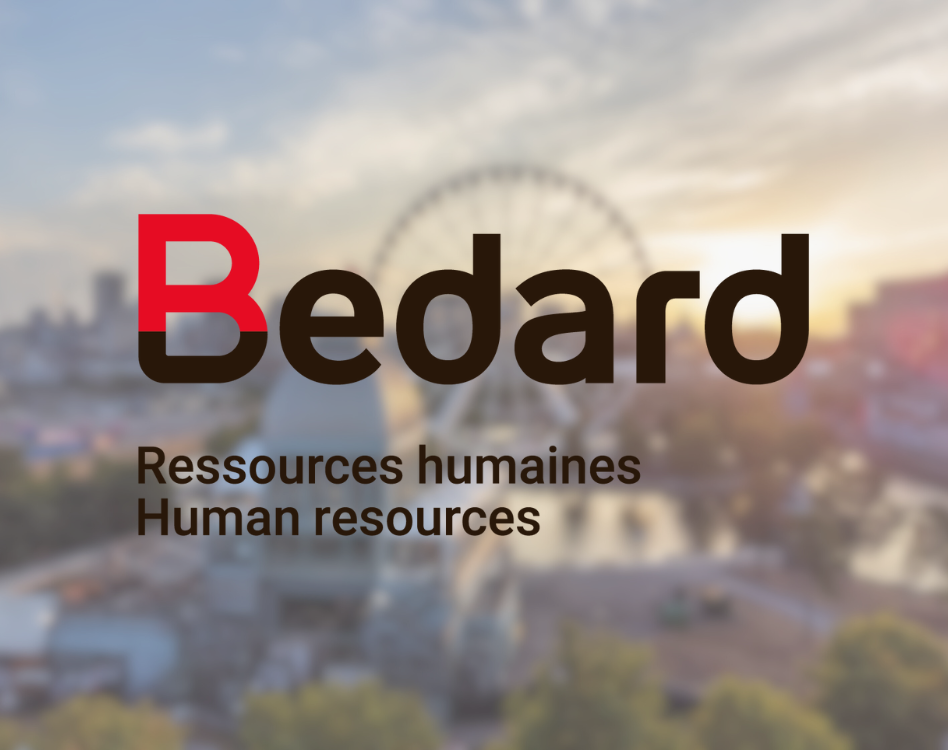Defining Employer Branding
Your employer brand is the image of your company as perceived both internally and externally. It is your employees’ and candidates’ perception of the benefits of investing in your team.
The Difference Between Brand Image and Employer Branding
Brand image aims to influence clients in their purchases, whereas employer branding aims to attract and retain the best talent.
Brand image affects the perception of clients, partners, and investors by considering the company’s visual identity, values, and reputation. Employer branding, on the other hand, affects employees’ and candidates’ impressions of the company’s work environment, advancement opportunities, culture, and employee value proposition (EVP).
Employer Branding From the Employee’s Perspective
A strong employer brand affects the morale of your troops. It’s a known fact: happy employees produce more, are less absent, and act as catalysts among their colleagues. In short, a virtuous circle is established. Fulfilled employees invest more, bring constructive solutions, and respond better to clients. This positive work environment is noticeable internally and externally.
Employer Branding From the Candidate’s Perspective
Job seekers do research about companies’ employer brands. We now know that they seek a work environment offering many benefits, including flexible schedules and the integration of hybrid mode to facilitate work-life balance.
Candidates also seek inclusive and diverse companies that are involved in social or environmental causes, that offer personalized training opportunities and attractive parental leave, and that advocate for transparent and genuine communication.
The Benefits of a Strong Employer Brand
When employees feel valued and supported in a work environment where they can thrive, they are uninclined to look for something better. Thus, you reduce your hiring costs and the time that you dedicate to this process.
Additionally, your company’s job stability and low turnover rate compared to others’ in the same industry become an attraction for top talent.
Since it is generally your employees who serve your clients, your company’s credibility increases when their work is remarkable in every way.
Satisfied customers become loyal, speak well of you, and tend to recommend you, which strengthens your brand image. Hence, the virtuous circle!
How to Build Your Employer Brand
- Think about what might make your employees happy.
- Take your employees’ pulse by launching a satisfaction survey or, depending on the size of your company, meeting them individually.
- Here are the topics to address: their level of satisfaction within their position and the responsibilities attached to it, their working conditions, the quality of their relationships with their colleagues and superiors, their expectations, what satisfies them the most in their work, and finally, what they would say to a candidate who wants to work for your company.
- Develop your employee value proposition (EVP) that demonstrates what sets your company apart from others in the same industry, and how this distinction helps you to retain your staff.
Amplifying Your Employer Brand
Once you establish your employer brand, you must broadcast it online on social media and your website. Add testimonials from satisfied employees, photos, videos... In short: share the happiness of your team members!
Take care to welcome your new employees with the same enthusiasm. Their successful integration enhances your employer brand.
Finally, since employer branding is an ongoing effort, continue to improve your employees’ experience. There are many options; it’s up to you to implement those that meet the needs identified by your employees during the survey or discussions.
At Bedard Human Resources, we can help you to establish and optimize your employer brand. To learn more about our HR consulting services, please email Stéphane Pépin at spepin@bedardressources.com.




